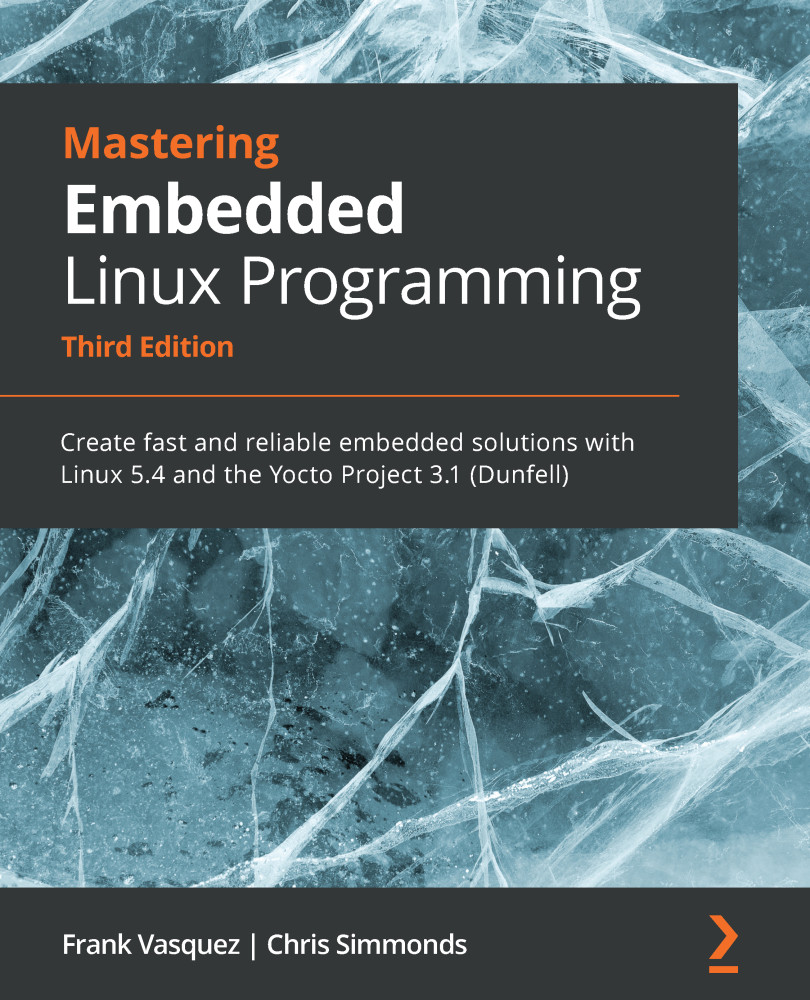What does a bootloader do?
In an embedded Linux system, the bootloader has two main jobs: to initialize the system to a basic level and to load the kernel. In fact, the first job is somewhat subsidiary to the second, in that it is only necessary to get as much of the system working as is needed to load the kernel.
When the first lines of the bootloader code are executed, following a power-on or a reset, the system is in a very minimal state. The DRAM controller is not set up, so the main memory is not accessible. Likewise, other interfaces are not configured, so storage that's accessed via NAND flash controllers, MMC controllers, and so on is unavailable. Typically, the only resources that are operational at the beginning are a single CPU core, some on-chip static memory, and the boot ROM.
System bootstrap consists of several phases of code, each bringing more of the system into operation. The final act of the bootloader is to load the kernel into RAM and create an execution...





































































